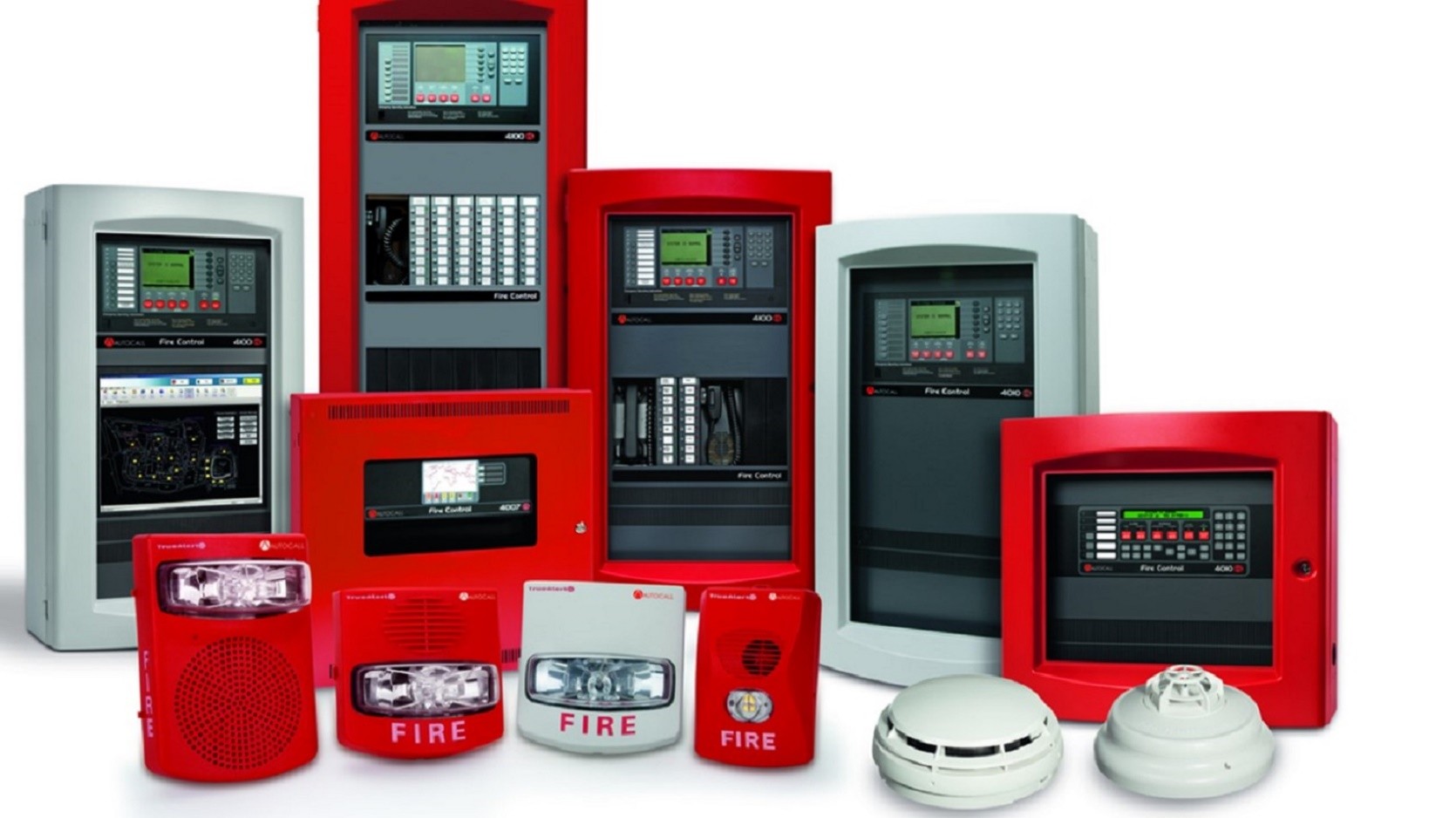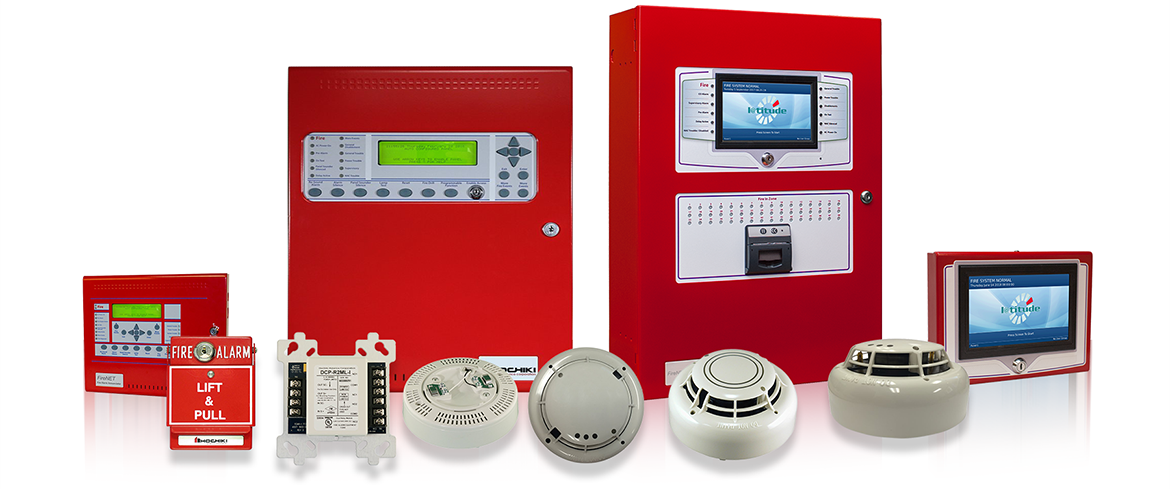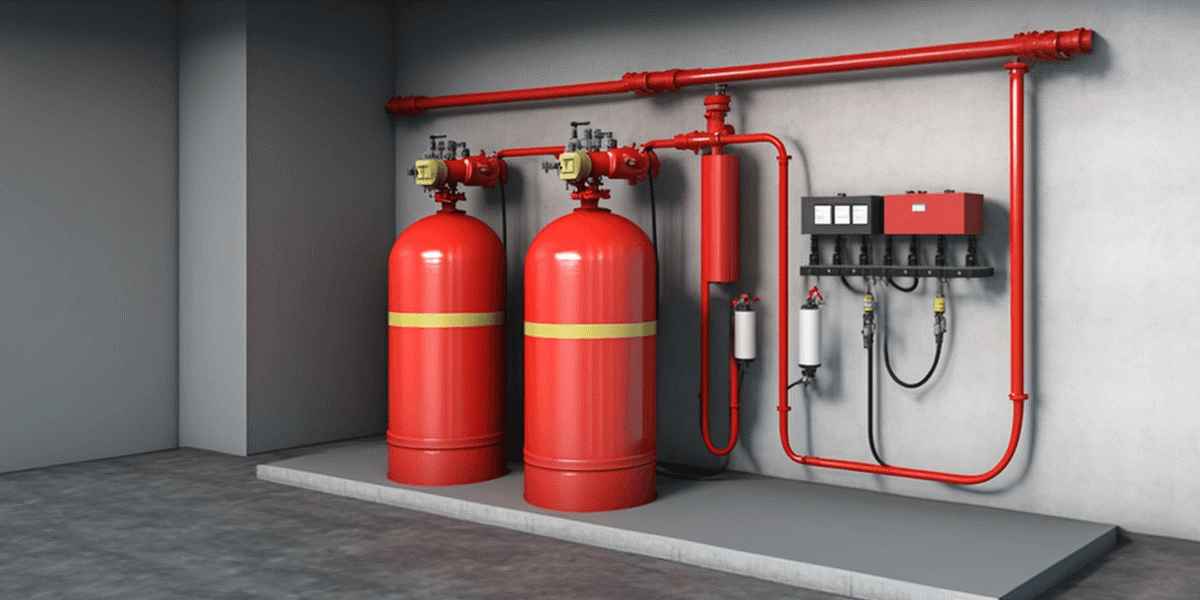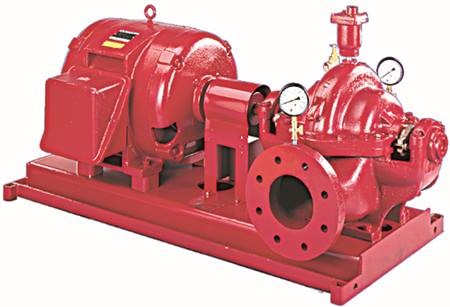Fire Alarm & Fire Protection Systems

Fire Alarm & Fire Protection Systems
At Smart Living LLC, we offer a comprehensive range of intelligent fire detection and fire alarm systems, catering to all types of buildings, villas, and various applications. Our services include design, supply, installation, and annual maintenance contracts for Fire Alarm & Fire Protection Systems, emergency and exit light systems, as well as all kinds of firefighting solutions.
A secure environment is crucial for any employee or organization. When it comes to safety, fire outbreaks are one of the most dangerous hazards. To address this, many governments have made it mandatory to implement fire safety systems in both commercial and residential properties.
Fire safety systems are designed to protect entire premises from the risks of fire. However, choosing the right system for your property can be overwhelming due to the many options available. To help you make an informed decision, we will guide you through the different types of fire safety systems and assist you in selecting the best solution for your needs.
Installation
Service & Maintenance

Our Products

Fire Alarm System
A Fire Alarm & Fire Protection Systems is installed to protect life, property, and critical assets by detecting the presence of fire and promptly notifying residents and fire departments.
Wireless Fire Alarm Systems
Wireless fire alarm systems operate without the need for wiring between the fire control panel and other devices. Most modern fire alarms are wireless, offering fast and easy installation.
Intelligent fire alarm systems, also known as smart addressable fire alarm systems, are designed for flexibility with custom programming tailored to each specific application. Key components of these systems include the Fire Alarm Control Panel, Smoke Detectors, Heat Detectors, Manual Call Points, and other devices. These systems are accurate, efficient, and provide enhanced fire safety through intelligent detection and response capabilities.
Fire Extinguisher
A fire extinguisher is a metal container filled with chemicals designed to put out a fire. These devices are rated based on the type of fire they are suitable for, such as Class A, B, C, D, or K fires, each representing different fire classes like ordinary combustibles, flammable liquids, electrical fires, and more.
Fire extinguishers are essential tools that allow you to quickly respond to a fire outbreak and potentially prevent it from escalating, giving you the ability to fight fires directly and protect lives and property in case of an emergency.


Advance Fire Suppression Systems
Fire Hose Reel & Cabinet System
A fire hose reel cabinet is designed to protect the fire hose reel from contamination and damage, ensuring it remains in optimal condition for use in an emergency. The cabinet can be either surface or recess-mounted in a wall, with a compact design that saves space and provides easy access for quick operation. Fire hose reels are strategically located to offer a readily accessible and controlled water supply to combat potential fire risks, enabling swift and efficient response in the event of a fire emergency.


Fire Pump
The best ire pumps are essential components of water-based fire protection systems, responsible for distributing water throughout the sprinkler network to ensure that every area of a building is protected in the event of a fire.
The Fire Hydrant systems are specialized setups designed to combat large-scale fire outbreaks. These systems typically include sprinklers, fire hoses, nozzles, and other firefighting tools, providing a comprehensive solution for fire suppression in expansive areas.
A fire pump is a critical part of the water supply for a fire sprinkler system. It can be powered by steam, diesel, or electricity, depending on the specific requirements and installation environment, ensuring that water is effectively delivered to the sprinkler system during an emergency.
Types of Fire Pumps: Positive Displacement and Centrifugal
Positive Displacement Pumps
Positive displacement pumps operate by capturing a specific volume of water per pump revolution and pushing it out through the discharge line. A common example is a bicycle tire pump. These pumps create very high pressures but have limited flow volume compared to centrifugal pumps. They are primarily used in specialized applications like water mist and foam-water systems, making them less common in general fire protection systems.
Centrifugal Pumps
Centrifugal pumps are the most widely used fire pumps due to their efficiency and ability to handle large volumes of water while providing high-pressure boosts. These pumps generate pressure through the action of centrifugal force, where water enters the pump’s suction inlet, passes through the center of the impeller, and is expelled at high speed toward the rim of the pump. Centrifugal pumps are ideal for most fire protection systems.
Different centrifugal pump configurations include:
1. Horizontal Split-Case Pump
Horizontal split-case pumps have flow entering the impeller from opposite sides of the housing. These pumps are highly reliable, easy to maintain, and are suitable for both electric and diesel drivers. Their split casing allows for easy access during maintenance. While they are effective in various capacities and pressures, they require more space compared to other pumps.
2. Vertical Turbine Pump
Vertical turbine pumps are the only type of pump permitted by NFPA 20 (Standard for the Installation of Stationary Pumps for Fire Protection) to start with negative suction pressure. These pumps can draw water from below-grade sources like rivers or underground tanks. They are designed to handle raw water from ponds, lakes, or rivers. Vertical turbine pumps are highly versatile in various applications. They can be powered by both diesel and electric drivers. These pumps offer a wide range of capacities and pressures. They are ideal for environments where access to raw water sources is required.
